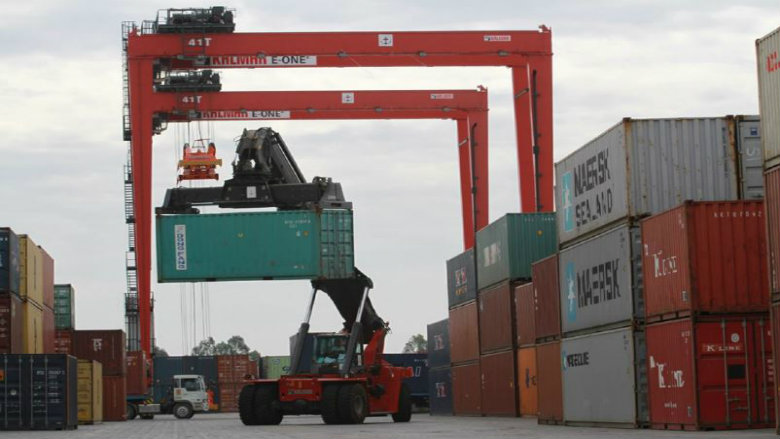Key Findings
- While remaining robust, growth in 2015 eased to 7%, slightly below the 7.1% achieved in 2014. The performance of the garment sector improved in 2015, while signs of economic moderation and weakness persisted in the tourism and agriculture sectors.
- The current account deficit narrowed to 10.8%t of GDP in 2015. The deficit was financed by continued strong FDI inflows, estimated to have reached US $1.8 billion (or 10%of GDP) in 2015.
- Fiscal performance has improved, with substantial revenue growth and contained expenditures continuing to curb the overall fiscal deficit, while the public sector wage bill is on the rise, and is budgeted at 7.2% of GDP in 2016.
- Further reduction of poverty is expected for both urban and rural households throughout 2015-2016. For urban households, this is due to the expansion of the construction and services sectors. For rural households, an increase in other sources of income beyond agricultural income has helped.
- Continuing rapid expansion of the financial sector has accommodated economic growth. Domestic credit growth accelerated further to 27% in 2015, spurred on by rising domestic demand for consumption and construction, while growth of private sector bank deposits eased to 16.6% in 2015. Recent increases in capital requirements are expected to help strengthen financial stability.
- Growing internal demand has pushed up inflation, which reached 2.3% in February 2016. The Cambodian Riel appreciated slightly, reaching 4,008 Riel per US dollar in February 2016.
- Cambodia’s real growth is projected to remain healthy at 6.9% in 2016, driven partly by a significant increase in government spending with fiscal expansion. Strong garment exports and improving tourism should help to offset a slowdown in agriculture, while construction sector growth could ease.
- Downside risks to this outlook include potential renewed labor issues, continued appreciation of the US dollar, slower economic recovery in Europe, and spillovers from a slowdown in the Chinese economy.
- Improving the overall business environment would enhance competitiveness across sectors, underpinning product and market diversification, while also helping firms to be well prepared to take advantage of the single market and production base goal set by the ASEAN Economic Community.
- Improving the public investment management framework to scale up publically financed infrastructure would be advisable in the face of declining donor-financed capital.
